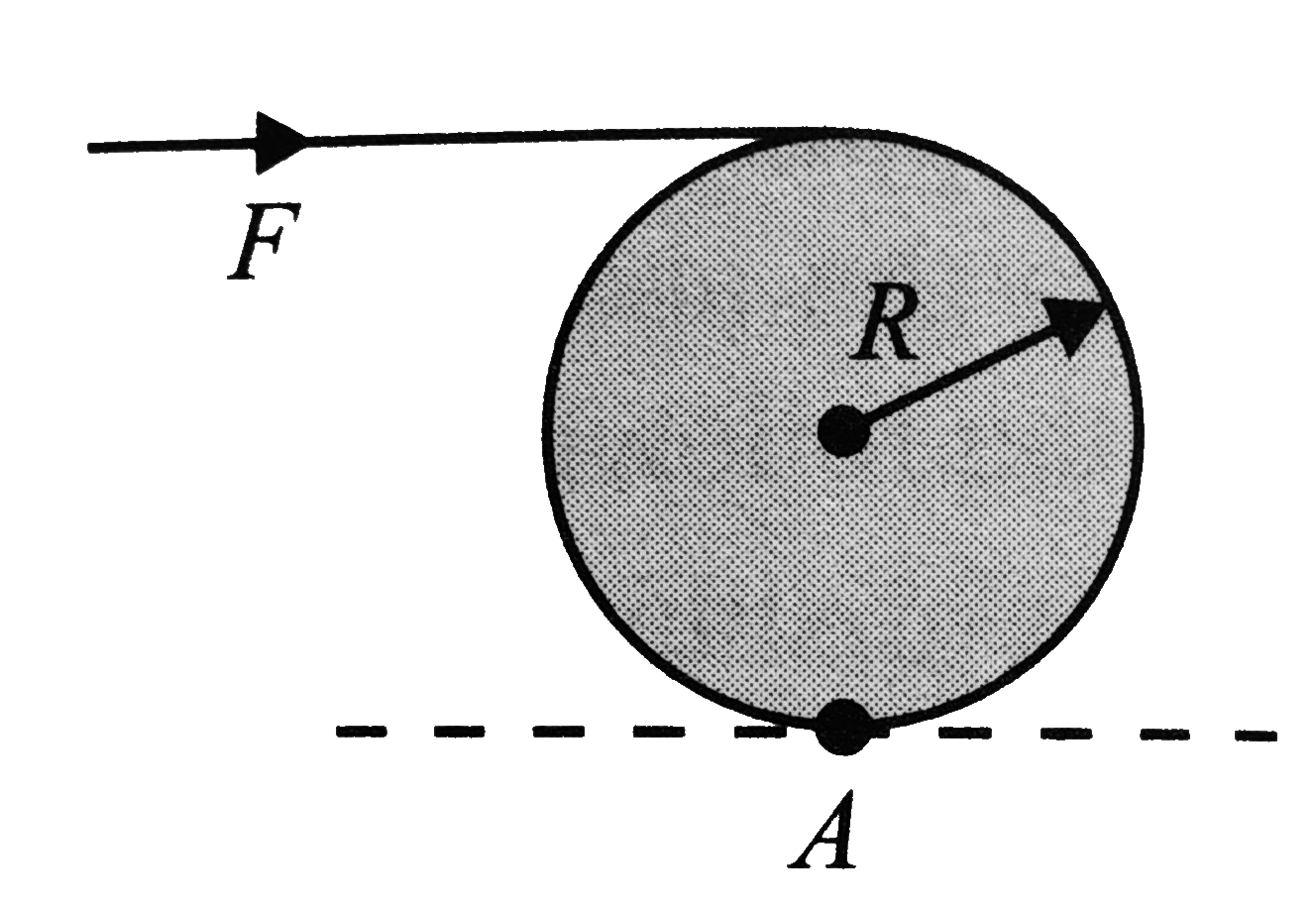Draw a neat labelled diagram to show the direction of two forces acting on a body to produce rotation in it. Also mark the point O about which the rotation takes place.
To solve the question, we will draw a neat labeled diagram showing two forces acting on a body to produce rotation. We will also mark the point O about which the rotation takes place.
1. Draw the Body: Start by drawing a horizontal rod. This rod will represent the body on which the forces are acting.
2. Label the Rod: Label the rod as "Rod AB" where A and B are the ends of the rod.
3. Mark the Point of Rotation: Identify and mark the center of the rod as point O. This is the point about which the rotation will occur.
4. Draw the Forces:
- Draw an upward arrow from point A and label it as F1 (Force 1).
- Draw a downward arrow from point B and label it as F2 (Force 2).
5. Indicate the Direction of Forces: Make sure the arrows are clearly marked to show that F1 is acting upwards and F2 is acting downwards.
6. Label Distances: Indicate the distance from point O to points A and B. Since O is at the center of the rod, label the distance from O to A as d/2 and the distance from O to B as d/2, where d is the total length of the rod.
7. Final Touches: Add any additional labels, such as "Axis of Rotation" next to point O, to clarify the diagram.
Diagram:
F1↑⏐|O−−−−−|∣||∣|−−−−−|⏐↓F2
- Label O as the point of rotation.
- Label the forces F1 and F2 accordingly.
- Draw an upward arrow from point A and label it as F1 (Force 1).
- Draw a downward arrow from point B and label it as F2 (Force 2).
5. Indicate the Direction of Forces: Make sure the arrows are clearly marked to show that F1 is acting upwards and F2 is acting downwards.
F1↑⏐|O−−−−−|∣||∣|−−−−−|⏐↓F2
- Label O as the point of rotation.
- Label the forces F1 and F2 accordingly.
Topper's Solved these Questions
- FORCE BOOK - ICSECHAPTER - FORCE EXERCISE - EXERCISE 1(A) Multiple choice questions
2 Videos
- FORCE BOOK - ICSECHAPTER - FORCE EXERCISE - EXERCISE 1(A) Numericals
18 Videos
- FORCE BOOK - ICSECHAPTER - FORCE EXERCISE - EXERCISE 1( C) Multiple Choice questions
2 Videos
- ELECTRO-MAGNETISM BOOK - ICSECHAPTER - ELECTRO-MAGNETISM EXERCISE - EXERCISE-10 (C) NUMERICALS
1 Videos
- HOUSEHOLD CIRCUITS BOOK - ICSECHAPTER - HOUSEHOLD CIRCUITS EXERCISE - EXERCISE -9(B) (MULTIPLE CHOICE TYPE)
2 Videos
Similar Questions
Draw a neat and labelled diagram of a fish and answer the following questions :
what name is given to body which is pointed at both ends ?
View SolutionA body held completely immersed inside a liquid experiences two forces: (i) F1, the force due to gravity and (ii) F2 the buoyant force. Draw a diagram showing the direction of these forces acting on the body and state the conditions when the body will float or sink.
View SolutionA pulley system has a velocity ratio 5. Draw a neat labelled diagram of the pulley system to lift a load by applying the effort in a convenient direction. Mark the tension in your diagram.
If the efficiency of the system is 80% find its mechanical advantage.
View SolutionSTATEMENT-1 : Tension at every point in a string with mass at every cross section must be unequal , if the string is accelerating .
and
STATEMENT - 2 : If we draw free body diagram for any section of the string , net external force acting on the string has to be equal to product of its mass ( which is non- zero ) and its acceleration .
View SolutionDraw a labelled diagram of an arrangement of two pulleys, one fixed and other movable. In the diagram, mark the directions of all forces acting on it. What is the ideal mechanical advantage of the system ? How can it be achieved ?
View SolutionYou are given four pulleys and three strings. Draw a neat and labelled diagram to use them so as to obtain a maximum mechanical advantage equal to 8. In your diagram mark the directions of load L, effort E and tension in each strand.
What assumptions have you made to Obtain the required mechanical advantage ?
View SolutionA spring is compressed against a rigid wall. Draw a neat and labeled diagram showing the forces acting on the spring.
View SolutionA body is supported on a rought plane inclined at 30∘ to the horizontal by a string attached to the body and held at an angle of 30∘ to the plane . Draw a diagram showing the forces acting on the body and resolve each of these forces
(a) horizontally and vertically,
(b) parallel and perpendicular to the plane.
View SolutionDraw a neat labelled diagram for a particle moving in a circular path with a constant speed. In your diagram show the direction of velocity at any instant.
View SolutionWhen a body is hinged at a point and a force is acting on the body in such a way that the line of action of force is at some distance from the hinged point, the body will start rotating about the hinged point. The angular acceleration of the body can be calculated by finding the torque of that force about the hinged point. A disc of mass m and radius R is hinged at point A at its bottom and is free to rotate in the vertical plane. A force of magnitude F is acting on the ring at top most point.

Component of reaction at the hinge in the vertical direction is
View Solution
